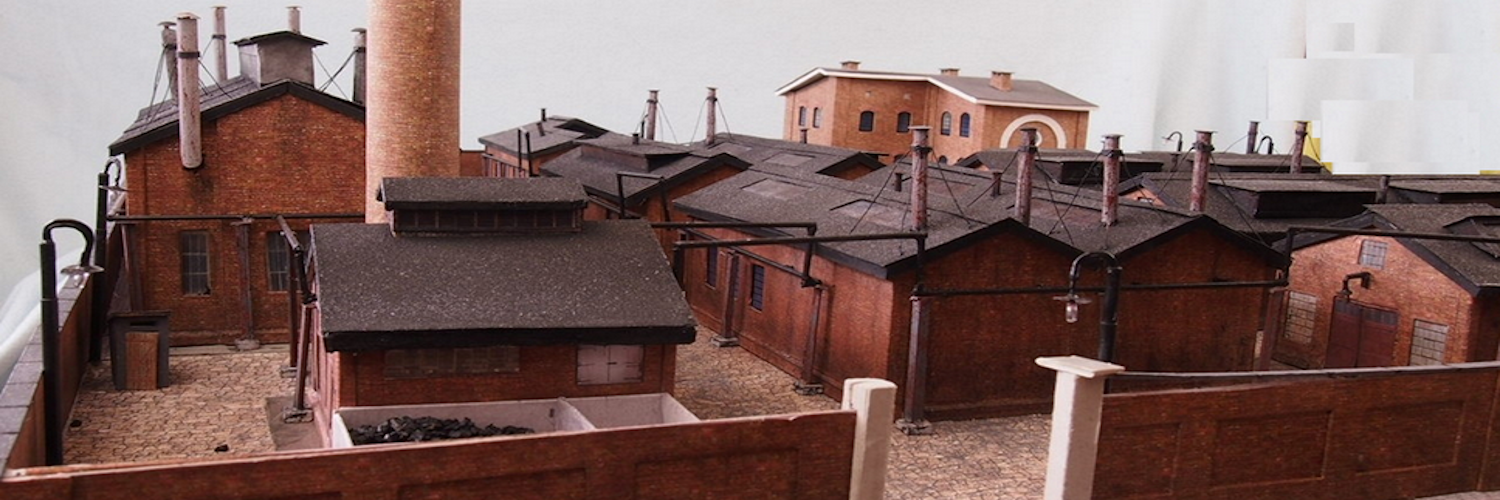How to make needles for scale model Scotts pine trees.
First there is a video and there is text information.
[embedyt] https://www.youtube.com/watch?v=zehtCVqB8Cc[/embedyt]
And then here is a full discussion.

To the right you see an image of a forest Scotts pine with needles made using the procedure described in the page.
On the left of the image you see the armatures to which the needles were added. Here is a link to a page that shows how to make those armatures. How To Make Armatures

And this next image to the right is an image of Roadside Scotts pines in a model under construction.
Some commentators use 3M scotchbrite or filter material to make the pads to which flock is added. After a lot of experimentation I found that I am most successful when I use human hair. I like that which is about 2 inches long.
I find it superior because I can tease it to get that wispy and somewhat “fluffy” look that Scotts pine branches have.
A trip to the barber or hair dresser is all that you need to get enough to make a forest. And it is free for the asking.
Step one is to wash it. After drying I lay it out into pads.
I then use some cheap spray paint (sometimes green, sometimes black and sometimes dark brown) to bind and, just as important, to thicken the fibers.
After they are dry, I spray them with hairspray and sprinkle on fine turf flock. As far as hairspray goes, I prefer a professional gel spray. It does not make that cloud of backspray – so no mask or ventilation required to save my lungs.

After everything is dry, cut it into small pieces and fit to the armature.
Care in fitting makes the difference. Tease the surface so it is not a flat plate. Snip the edge to give some separation like branches. And spray again and dip the edges in the flock to cover and errant hair.

Actually some of these errant hairs, once covered with flock, make the branches look good.
Here is information about making the complete trees.
And below is a library with much more information about making other trees.

